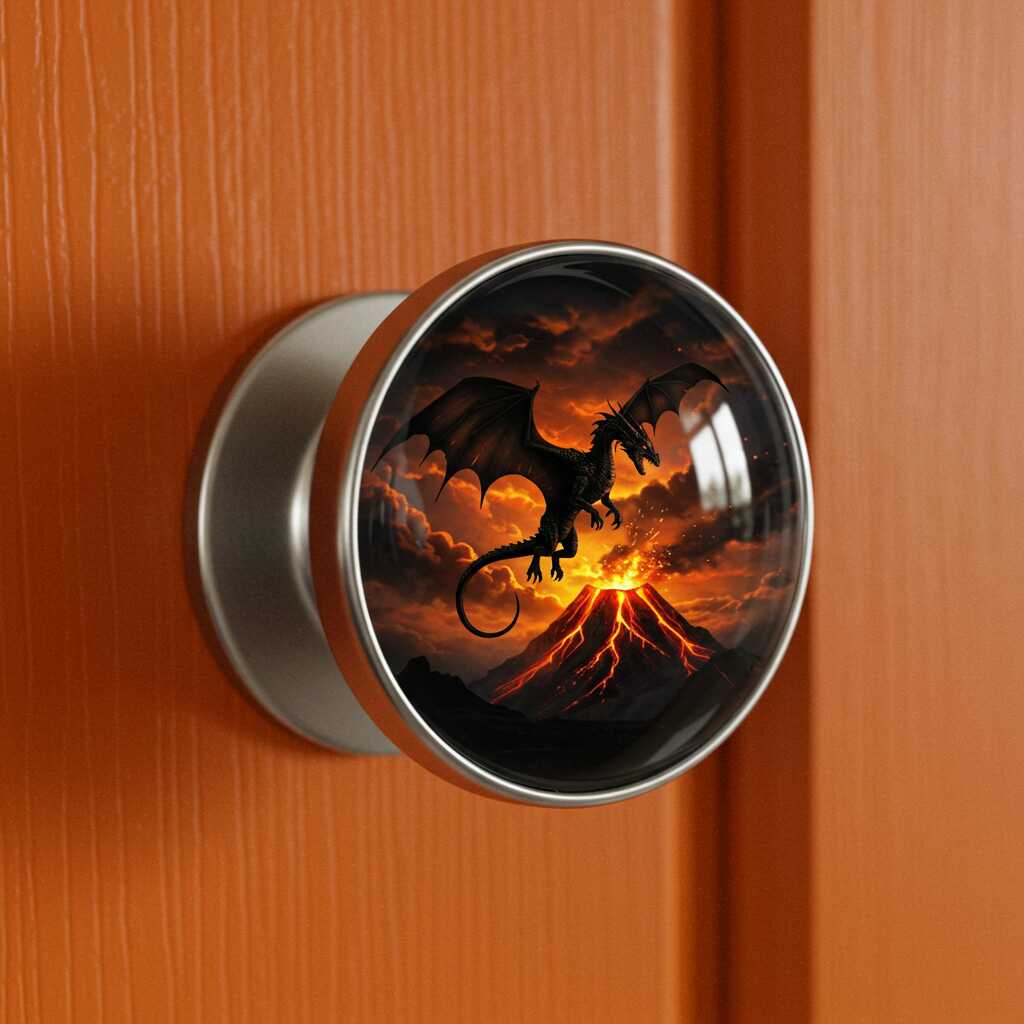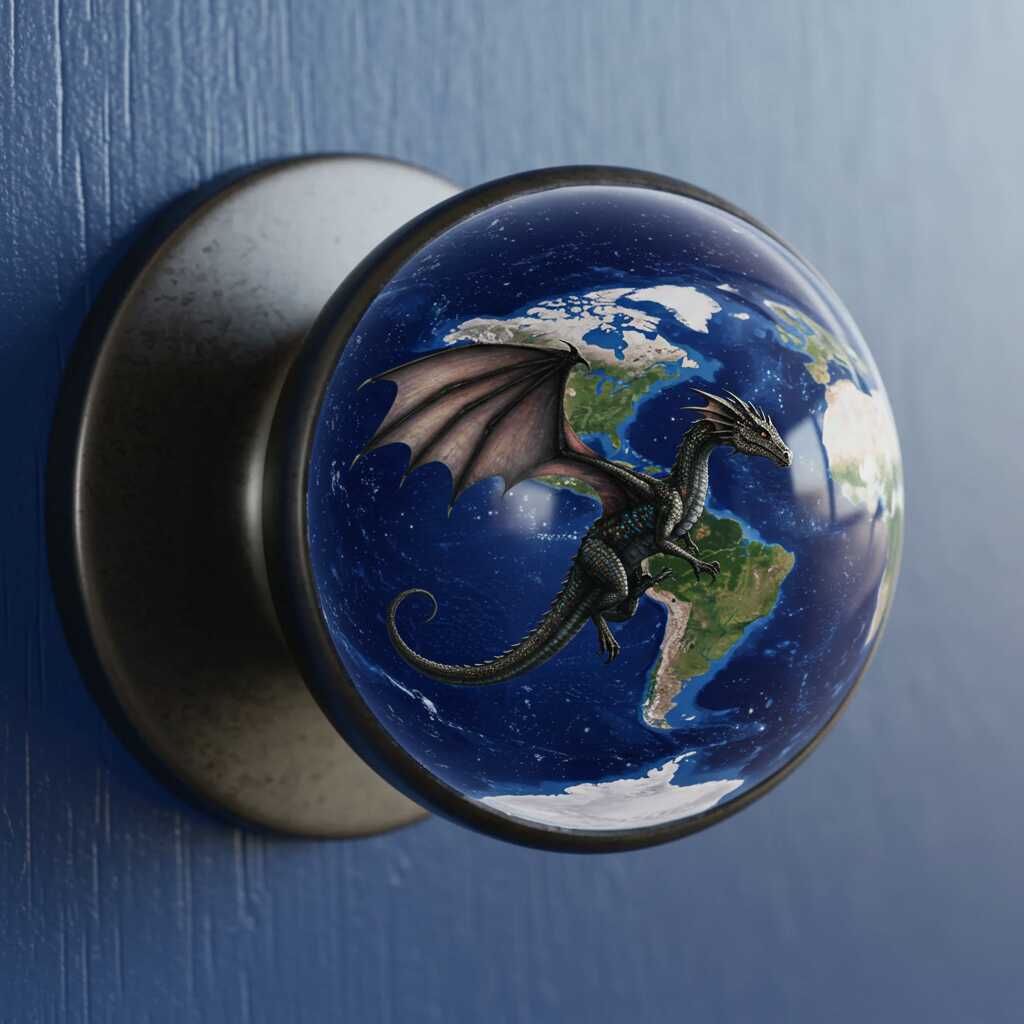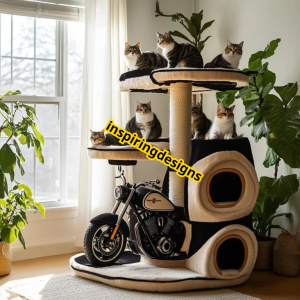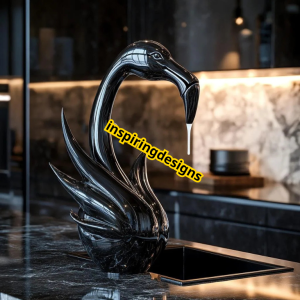Imagine walking into a room where the door knob pulses with light or shifts in a mesmerizing pattern. This isn’t a sci-fi fantasy; it’s the latest sensation in interior design: animated door knobs. These cutting-edge creations are revolutionizing how we experience our spaces, merging technology, art, and functionality into a captivating package. In this blog post, we’ll dive into why animated door knobs are stealing the spotlight in modern homes and businesses, exploring their evolution, appeal, applications, challenges, and what they mean for the future of design.

The Rise of Animated Door Knobs: A New Era in Interior Design
Trends in interior design often reflect cultural and technological shifts, and animated door knobs are no exception. These dynamic pieces turn an ordinary task like opening a door into an interactive delight. Unlike static knobs, they feature movement, light, and even sound, engaging users on multiple levels. This aligns with today’s push for personalized, tech-savvy living spaces. As smart homes grow in popularity, animated door knobs fuse physical and digital realms, boosting both aesthetics and practicality. They’re not just hardware; they’re a bold statement in modern design.

From Function to Art: The Evolution of Door Hardware
Door hardware has a rich history, evolving from simple tools to artistic marvels. Early knobs, made of wood or iron, focused solely on functionality, securing spaces with little flair. The Renaissance changed that, turning knobs into ornate status symbols with carvings and metals. The Victorian era democratized decorative hardware via mass production, blending craft with accessibility. The 20th century introduced sleek materials and designs, paving the way for today’s tech leap. Animated door knobs crown this journey, weaving innovation into tradition to create functional art.

Read more: The Harley-Davidson Motorcycle Themed Toilet: A Bold Statement of Identity and Passion
Why Animated Door Knobs Are Captivating Modern Spaces
The charm of animated door knobs lies in their versatility and engagement. Aesthetically, they adapt to any style with customizable lights and motions, enhancing a room’s vibe. Practically, they offer feedback, like signaling a locked door with a flicker, merging utility with elegance. Their interactivity transforms routine actions into moments of connection, while thematic animations add storytelling depth to spaces. Responsive to light or temperature, they also support eco-friendly design. Animated door knobs prove that small touches can redefine aesthetics and experience.

Creative Ways to Use Animated Door Knobs
Animated door knobs shine across diverse settings. In homes, they enchant kids’ rooms with playful spins or elevate living areas with subtle elegance. Businesses like boutique hotels use them to echo brand vibes, while eateries set moods with shifting colors. Libraries and museums engage visitors with thematic pulses, and hospitals soothe patients with calm patterns. In shared spaces, synchronized designs build community spirit. From historic sites to smart homes, their flexibility sparks innovation, making every entrance memorable and purposeful.

Navigating the Challenges of Animated Door Knobs
Despite their allure, animated door knobs face hurdles. Power needs can strain energy use, requiring wired or battery solutions. Durability matters in busy spots, where wear could dim their magic. Installation demands expertise due to wiring and tech setup, raising costs. Maintenance involves cleaning delicate parts and updating software, unlike simple knobs. Yet, smart design like modular builds and efficient tech can ease these challenges. With planning, their benefits outweigh the effort, ensuring lasting appeal.

Conclusion: The Future of Interior Design: Lessons from Animated Door Knobs
Animated door knobs aren’t a passing fad; they signal a shift in interior design. By turning a basic item into a source of joy and interaction, they push us to rethink every detail’s potential. Their blend of engagement and technology hints at a future where spaces prioritize connection and mindfulness. Expect their influence to ripple into furniture, lighting, and beyond, inspiring a design ethos that’s intentional and innovative. They show that even tiny elements can reshape our world.




